Just got a new iPhone 14 Pro? We have some suggestions on settings you should change out of the box to have a better experience with your Apple smartphone.
Video: iPhone 14 Pro settings you should change
Our videographer Michael Billig (@michael_billig) put together a six-minute video walkthrough to highlight several settings you should change if you just got your new iPhone 14 Pro. Watch Michael’s video and be sure to follow his tips to adjust hyour iPhone settings. Read: How to set up your iPhone 14 the right way
Doing so won’t take away any key features from you but will instead ensure you get an optimal experience with your new Apple phone. What are the first steps you take when getting a new Apple smartphone? Let us know in the comments down below!
1. Find those iPhone 14 Pro-exclusive walls
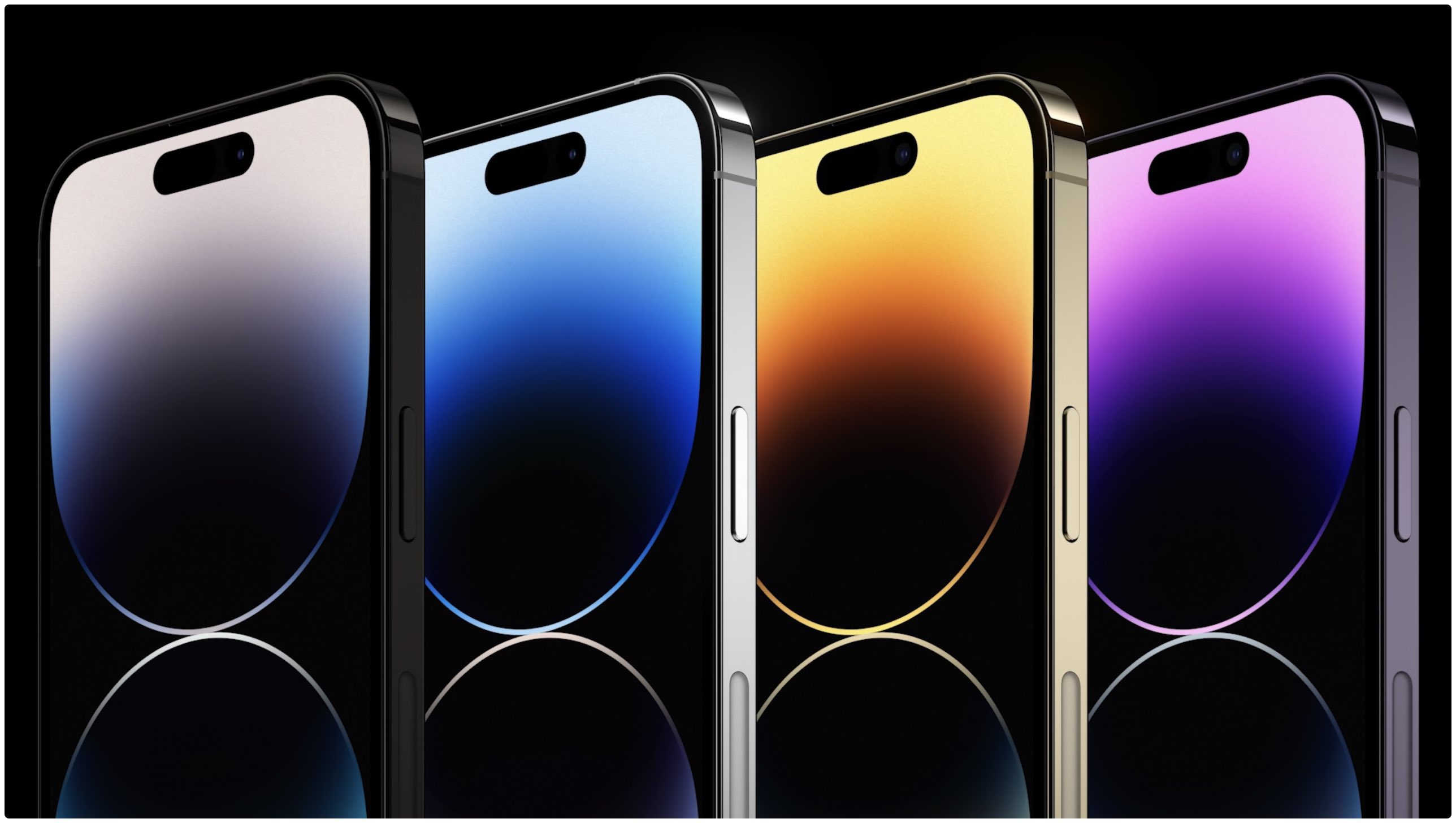
If you’ve restored your iPhone from a backup, you got your old wallpapers back. But in that case, you may be missing out on new walls exclusive to the iPhone 14 Pros.
Visit Settings → Wallpaper and choose “Add New Wallpaper,” then swipe left underneath the heading “Collections” to get them.
These wallpapers are only visible if you browse them on the iPhone 14 Pro or iPhone 14 Pro Max. As a nice touch, they default to your iPhone color but you can get them in other iPhone 14 Pro colors by swiping left or right.
2. Make sure crash detection is turned on
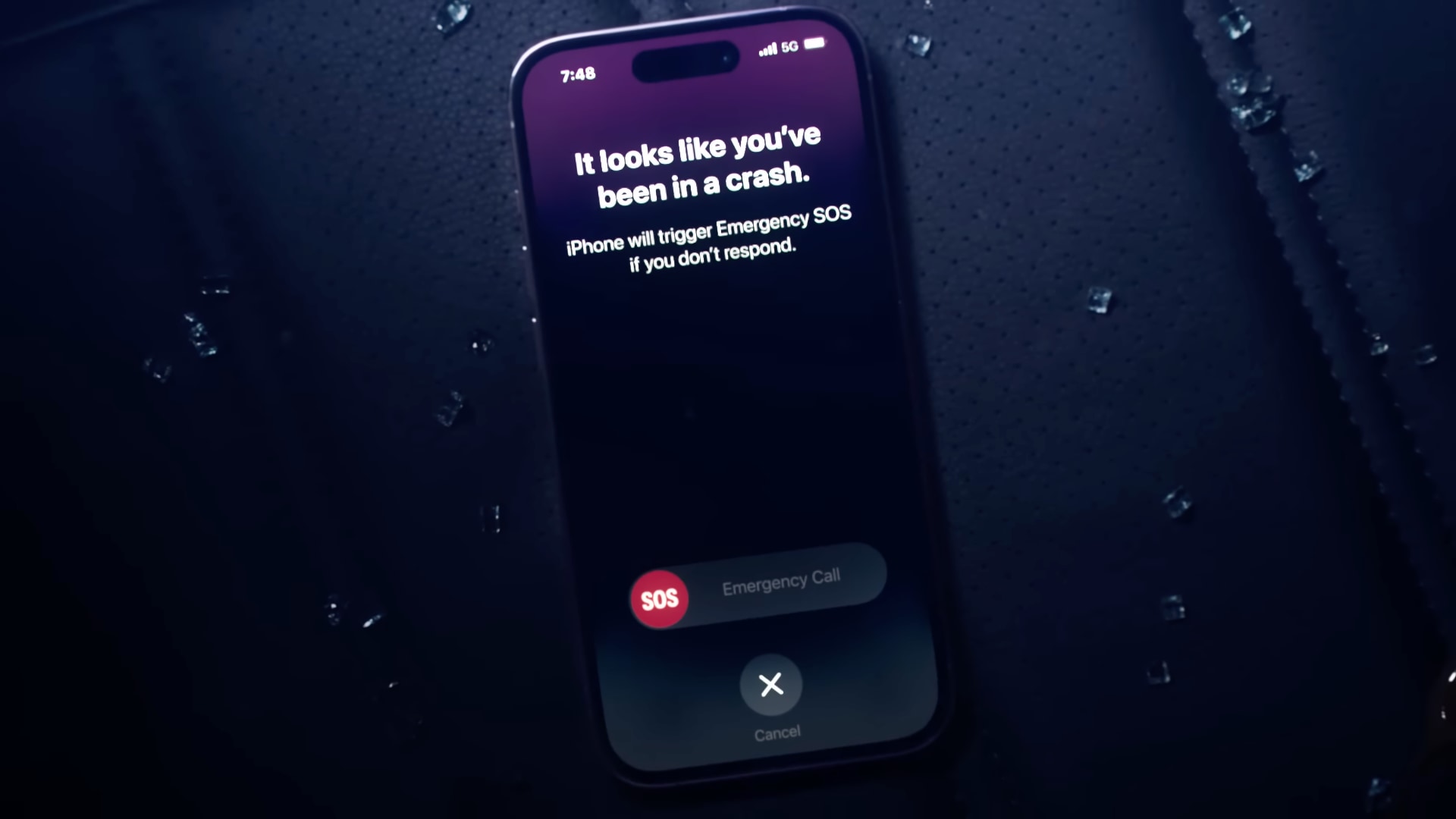
The new iPhone 14 family has updated sensors that let Apple detect if you just experienced a car crash. iOS starts a timer and gives you a few seconds to disable it unless you’d like the phone to automatically call emergency services and notify your emergency contacts. Read: How to set up Medical ID on iPhone and Apple Watch
This helpful feature may save lives so make sure it’s enabled by venturing into Settings → Emergency SOS and turning off “Call After Severe Crash.” If you’re not a driver and don’t have use for this feature, turn it off. Crash detection is also available on the new Apple Watch Series 8 and Apple Watch Ultra models.
3. Add some lock screen widgets
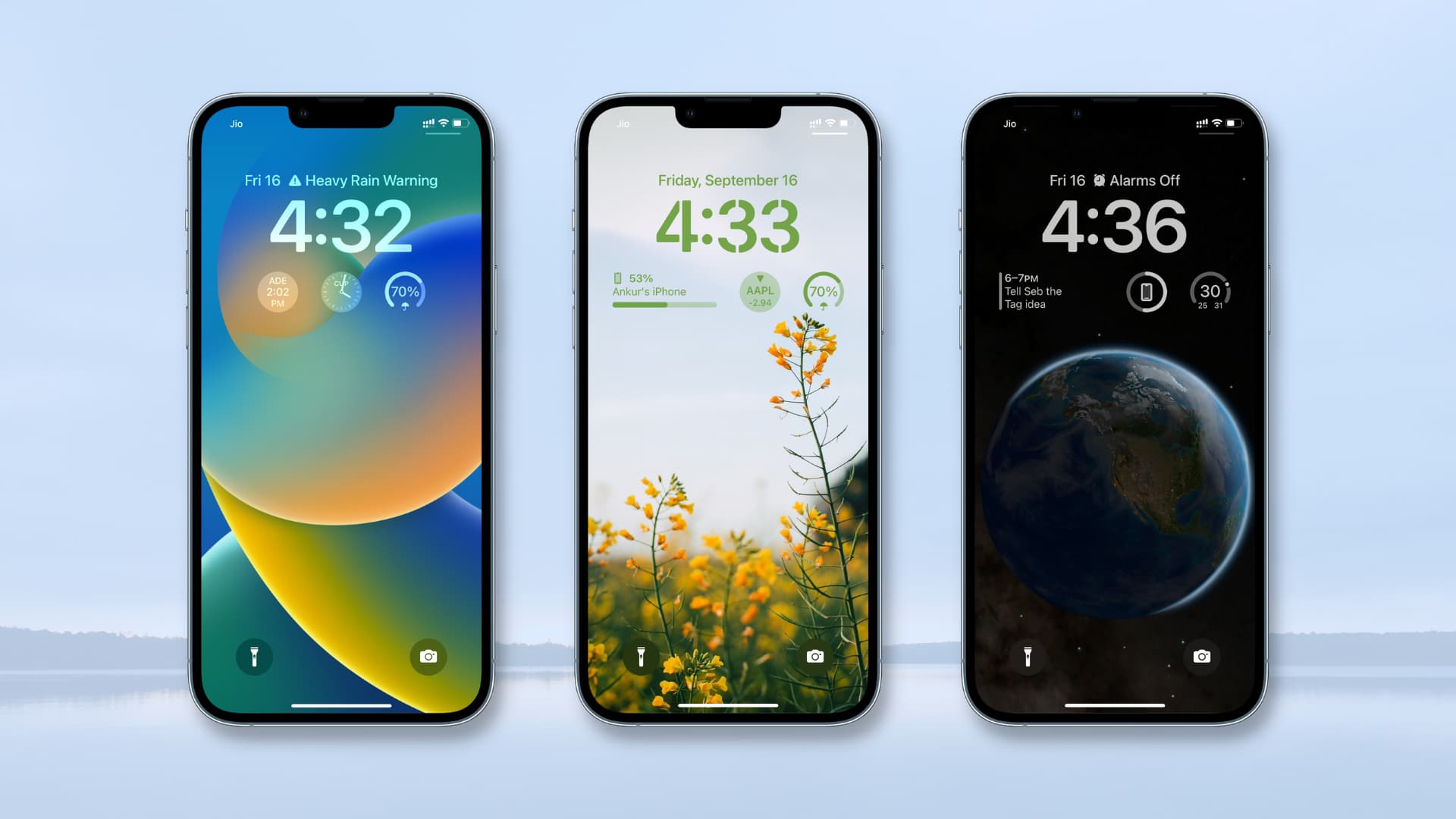
The new iPhone 14 Pros have always screens that show a dimmed version of the wallpaper and lock screen widgets, even when the phone is locked. So go ahead and customize your lock screen by adding useful widgets for quick glanceable information. Read: Adding widgets to your lock screen — the full guide
Apple says its always-on display is power-sipping, with the display refresh rate dropping to just one Hertz to conserve power. Apple has mentioned several cases when iOS may temporarily turn off the always-on display feature.
For example, taking your Apple Watch off or laying the phone with its face down temporarily disables the always-on display. To permanently disable this feature, toggle off “Always On” in Settings → Display & Brightness.
4. Change camera settings to take 48-megapixel images
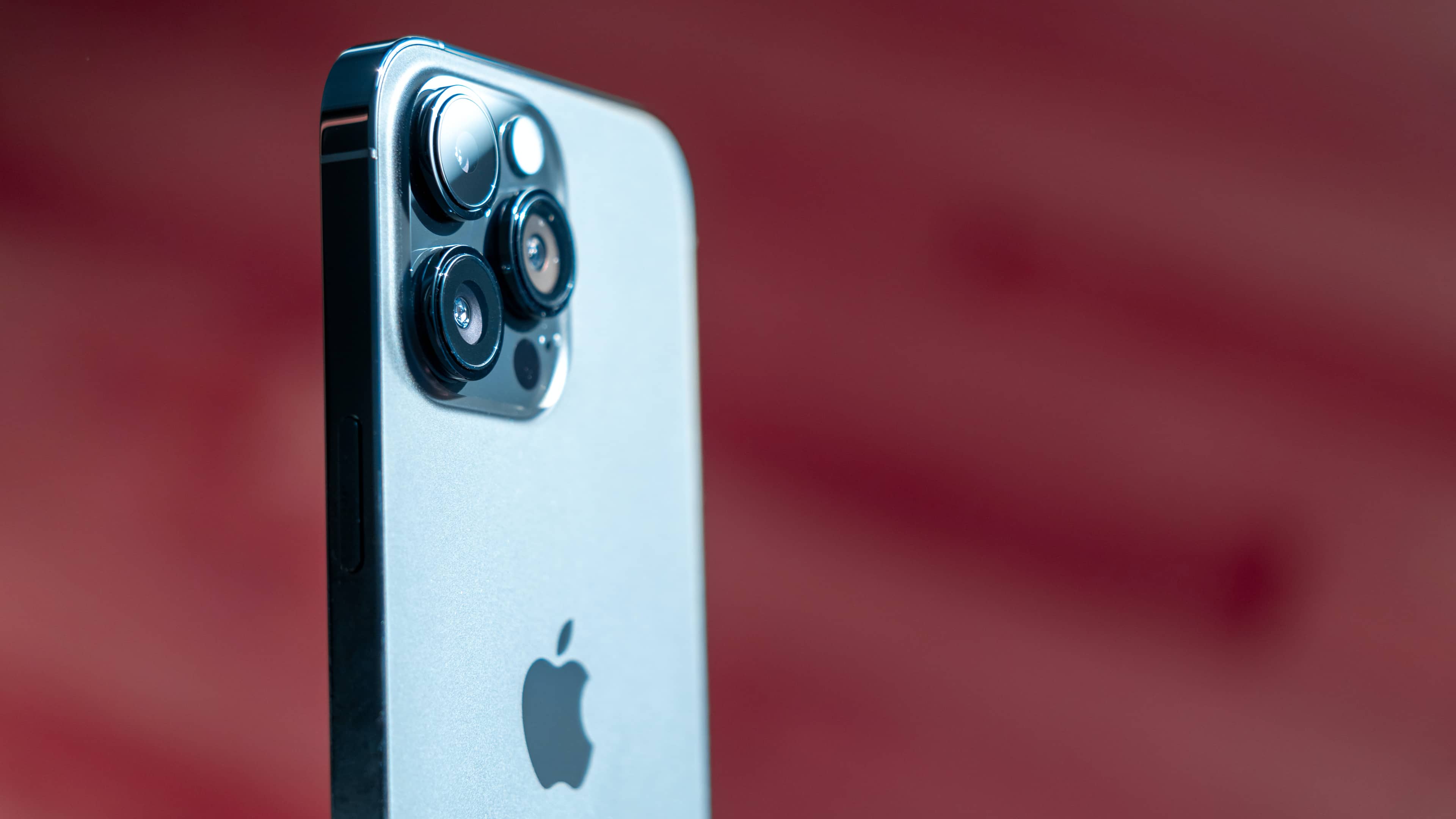
Apple has a new 48-megapixel sensor in the iPhone 14 Pros that uses pixel binning, which groups four physical pixels into one virtual pixel to deliver much better low-light sensitivity. Pixel binning produces twelve-megapixel photos, but how do you shoot in 48 megapixels? Read: The best iPhone photography tips
For that, you must first enable the feature in Settings → Camera → Formats by making sure “Apple ProRAW” is turned on and “ProRaw Resolution” is set to “48 MP”. Now open the Camera app, switch to the main lens (previously: Wide Camera) by touching “1x” at the bottom and turn on “RAW” at the top of the interface.
After snapping up an image, go to the Photos app to view it. Swipe up and the resolution in the info panel should read 48 megapixels. Keep in mind that other lenses don’t support 48 megapixels, only the main camera does.
Shooting in 48 megapixels brings out more detail because you have four times the pixels to work with but you also need to think about file size—a single 48-megapixel image costs about 75 megabytes, three times more storage than twelve-megapixel RAW images encoded in Apple’s ProRAW format.
5. Video capture in Action mode
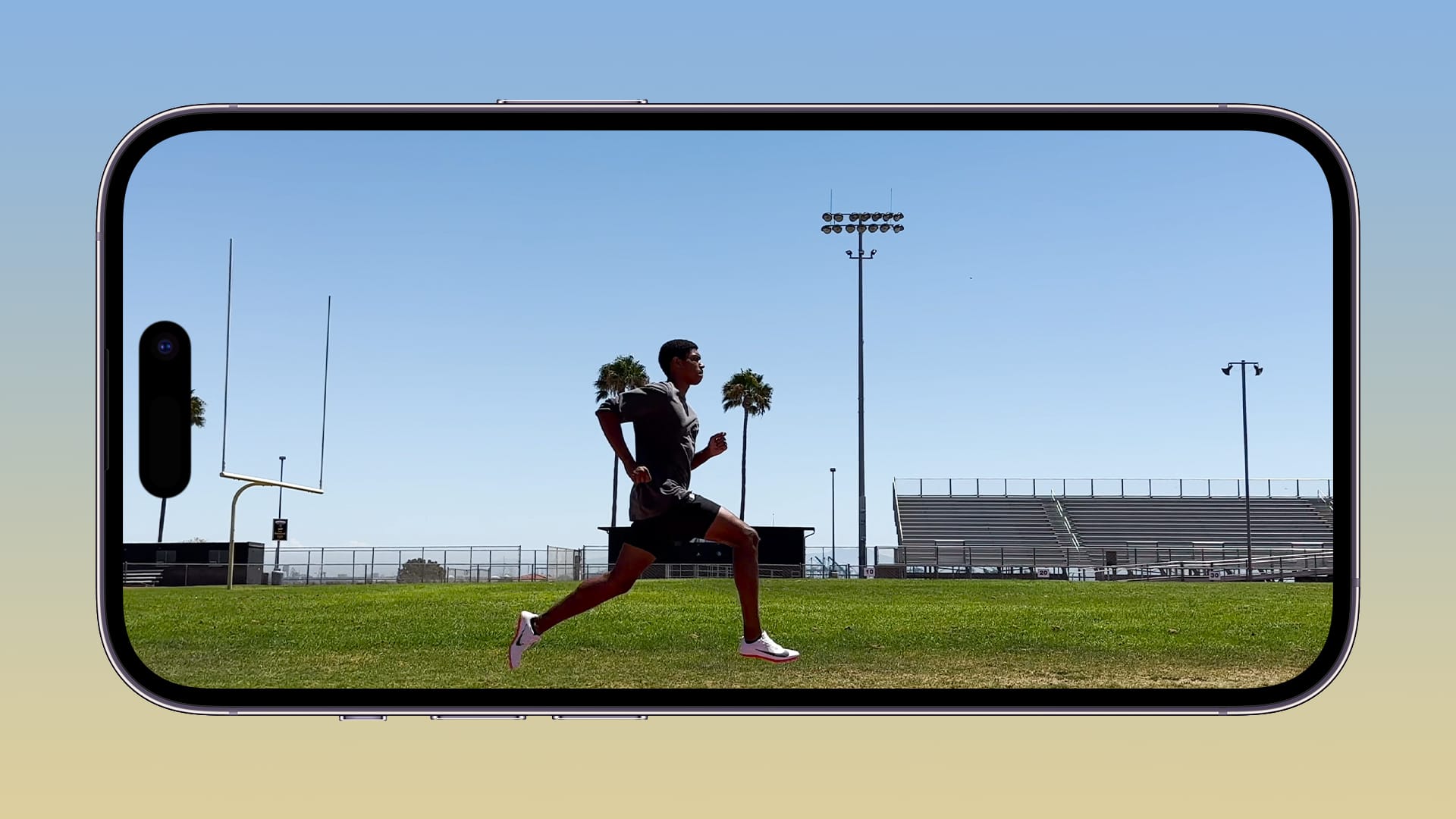
Apple’s new Action Mode doubles down on cropping to deliver smooth, stabilized video taht almsot looks like you’ve used a gimbal. To shoot in Action Mode, swipe to Video in the Camera app and hit an icon in the top-right corner resembling a person running to enable the feature, then hit the shutter button.
Things to know: Smoothing out significant shakes, motion and vibrations will result in a resolution drop from 4K down to 2.8K. Turning Action Mode on will switch to the ultra-wide lens (0.5x), but you can use it with any lens you like.
6. Haptic feedback on the keyboard
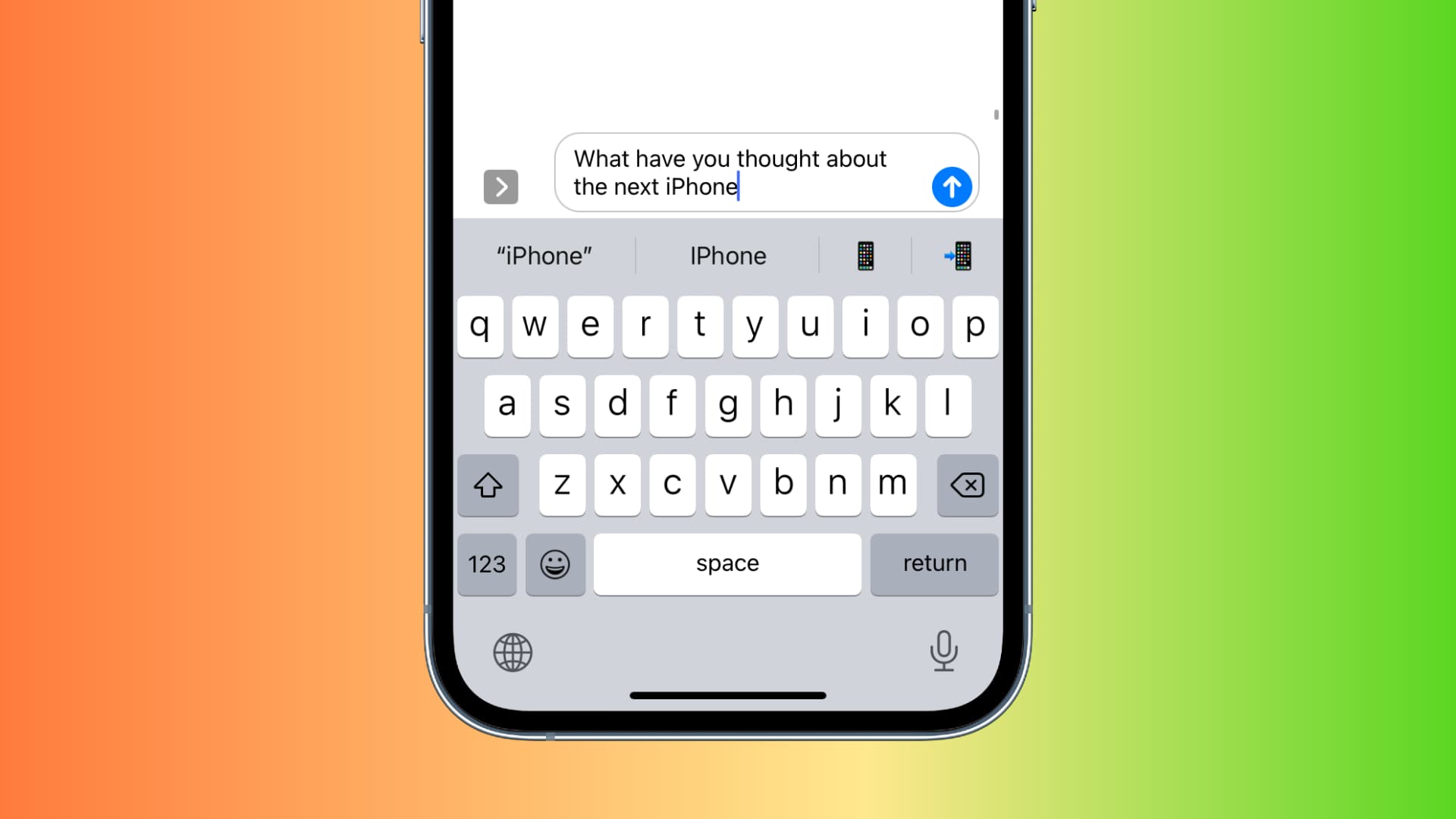
If you go to Settings → Sounds & Haptics → Keyboard Feedback and turn on “Haptic,” your typing experience will improve by producing vibratory feedback that you’ll feel upon each key press. The haptic keyboard feedback feature is also available on older iPhones as long as they’re on iOS 16. The feature is off by default because Apple knows turning on keyboard haptics might affect your battery life.
7. Battery percentage
In Settings → Battery, turn on “Battery Percentage.” This will display the remaining battery charge as a percentage within the graphical meter in the top-right corner of the status bar. If you don’t turn this on, you can view the currently remaining charge as a percentage of the full charge in your Control Center.
Just pull down to quickly view the numeric percentage.